-
 Bitcoin
Bitcoin $76,444.7530
-3.77% -
 Ethereum
Ethereum $1,473.8355
-5.46% -
 Tether USDt
Tether USDt $0.9991
-0.08% -
 XRP
XRP $1.7965
-5.51% -
 BNB
BNB $553.4919
-0.36% -
 USDC
USDC $0.9999
-0.02% -
 Solana
Solana $105.2981
-1.74% -
 TRON
TRON $0.2303
0.81% -
 Dogecoin
Dogecoin $0.1422
-4.62% -
 Cardano
Cardano $0.5587
-4.41% -
 UNUS SED LEO
UNUS SED LEO $8.9866
1.01% -
 Toncoin
Toncoin $2.9933
-4.74% -
 Chainlink
Chainlink $10.9113
-4.81% -
 Stellar
Stellar $0.2215
-4.76% -
 Avalanche
Avalanche $16.1163
-3.29% -
 Sui
Sui $1.9371
-3.89% -
 Shiba Inu
Shiba Inu $0.0...01065
-6.69% -
 Hedera
Hedera $0.1469
-3.29% -
 MANTRA
MANTRA $6.2058
-1.53% -
 Dai
Dai $1.0000
0.01% -
 Bitcoin Cash
Bitcoin Cash $269.3457
-2.08% -
 Polkadot
Polkadot $3.3773
-5.87% -
 Litecoin
Litecoin $69.2204
-2.50% -
 Ethena USDe
Ethena USDe $0.9986
-0.01% -
 Bitget Token
Bitget Token $4.0180
-3.25% -
 Pi
Pi $0.5649
-4.50% -
 Hyperliquid
Hyperliquid $11.1928
-2.80% -
 Monero
Monero $195.3885
-4.41% -
 OKB
OKB $50.9235
-0.59% -
 Uniswap
Uniswap $4.7688
-6.95%
How does NFT Metadata store NFT attribute information?
NFT metadata, stored off-chain on platforms like IPFS or Arweave, acts as a digital passport, holding descriptive info accessed via a URI stored on the blockchain, following standards like ERC-721 & ERC-1155.
Mar 02, 2025 at 02:48 pm
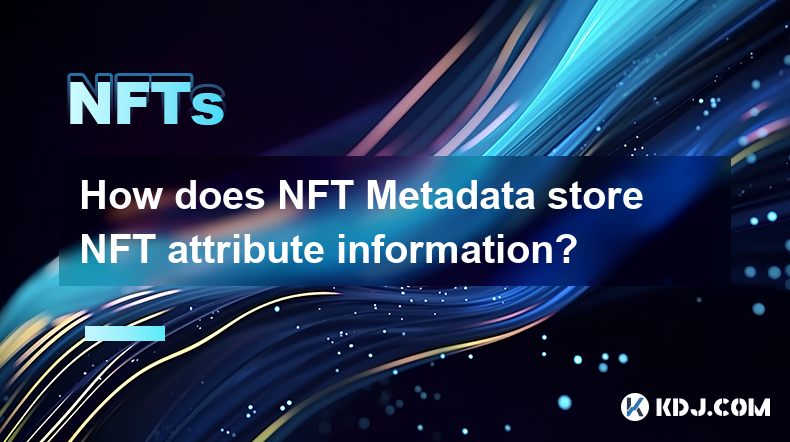
Key Points:
- NFT metadata acts as a digital passport for an NFT, containing all its descriptive information.
- This metadata is stored off-chain, meaning not directly on the blockchain itself, to save space and cost.
- Common storage locations include IPFS (InterPlanetary File System) and Arweave.
- Metadata standards like ERC-721 and ERC-1155 dictate how this information is structured and accessed.
- Accessing this data involves fetching the metadata URI from the blockchain and then retrieving the file from the off-chain storage.
How does NFT Metadata store NFT attribute information?
Non-Fungible Tokens (NFTs) are unique digital assets stored on a blockchain. However, the blockchain itself doesn't directly store large amounts of descriptive information about the NFT. Instead, it stores a pointer, usually a URI (Uniform Resource Identifier), to where this information, known as metadata, is located. This metadata acts as a digital passport, containing all the relevant details about the NFT.
The blockchain only records the existence of the NFT and its associated URI. This is crucial for scalability. Storing large image files, video clips, or extensive descriptive text directly on the blockchain would be extremely inefficient and expensive. This off-chain storage of metadata allows for significantly larger and more complex NFT information.
Several decentralized storage solutions are used to host this off-chain metadata. IPFS (InterPlanetary File System) is a popular choice, offering a distributed and decentralized storage network. Arweave, another prominent option, provides permanent storage with a unique payment model. These solutions ensure the accessibility of the metadata even if one server goes down.
The structure of the metadata itself is often defined by standards like ERC-721 and ERC-1155. These standards provide a common framework for representing the NFT's attributes, ensuring interoperability between different platforms and wallets. This standardization allows developers to easily understand and utilize the data contained within the metadata.
Retrieving the NFT's attributes requires a two-step process. First, the NFT's URI is fetched from the blockchain. This URI points to the location of the metadata file. Second, the metadata file is accessed from the off-chain storage location specified in the URI, using the appropriate protocols such as HTTP or IPFS. This file usually contains a JSON (JavaScript Object Notation) object detailing all the attributes of the NFT.
This JSON object typically includes key-value pairs representing the NFT's characteristics. For example, an NFT representing a digital artwork might have attributes such as "name," "description," "image URL," "artist," and other relevant details. These attributes can vary widely depending on the type of NFT.
The choice of storage location and metadata standards influences the security and accessibility of the NFT's information. A well-structured and securely stored metadata file is critical for maintaining the value and integrity of the NFT. The decentralized nature of many storage solutions provides resilience against censorship and single points of failure.
Different metadata standards might offer varying levels of flexibility and complexity. ERC-721, primarily designed for single NFTs, often uses a simpler structure. ERC-1155, designed for both fungible and non-fungible tokens, allows for more complex metadata structures to handle multiple token types within a single contract.
Furthermore, the format of the metadata file itself is usually JSON, making it easily parsable by various applications and programming languages. This simplifies the integration of NFT data into different systems and platforms. The use of JSON ensures consistent and standardized access to the NFT attributes.
The evolution of NFT metadata standards and storage solutions continues to enhance the functionality and security of NFTs. New technologies and approaches are constantly being developed to improve the efficiency, accessibility, and scalability of NFT metadata management.
Frequently Asked Questions:
Q: What happens if the off-chain storage for my NFT's metadata goes down?
A: While unlikely with decentralized storage like IPFS or Arweave, if the storage provider experiences issues, accessing the NFT's metadata might be temporarily impossible. However, the NFT itself remains on the blockchain, and its existence is unaffected. The problem lies in accessing the descriptive information.
Q: Can I change the metadata of my NFT after it's minted?
A: Technically, you can update the URI associated with your NFT on the blockchain, pointing to a new metadata file. However, this is not always desirable, as it can raise concerns about authenticity and potentially reduce the NFT's value in some communities. It's best practice to thoroughly review your NFT metadata before minting.
Q: Are there security risks associated with storing NFT metadata off-chain?
A: Yes, there are potential risks. While decentralized storage is generally more secure than centralized solutions, there's still a possibility of data corruption or manipulation. Choosing reputable and well-maintained storage providers is crucial to mitigate these risks. Using content identifiers like IPFS hashes can also improve the security and verifiability of the metadata.
Q: What are the implications of using different metadata standards for NFTs?
A: Using different standards can lead to incompatibility between different platforms and marketplaces. While ERC-721 and ERC-1155 are widely used, other standards exist, and ensuring compatibility is crucial for broader accessibility and interoperability of your NFTs. Standardized metadata ensures seamless integration across various platforms.
Q: How can I verify the authenticity of NFT metadata?
A: Verifying the authenticity involves checking the integrity of the metadata file using techniques like cryptographic hashing. Comparing the hash of the retrieved metadata with the hash recorded on the blockchain or within the NFT contract can help confirm that the data has not been tampered with. This helps ensure that the metadata you are seeing is the original metadata associated with the NFT.
Disclaimer:info@kdj.com
The information provided is not trading advice. kdj.com does not assume any responsibility for any investments made based on the information provided in this article. Cryptocurrencies are highly volatile and it is highly recommended that you invest with caution after thorough research!
If you believe that the content used on this website infringes your copyright, please contact us immediately (info@kdj.com) and we will delete it promptly.
- "Cardano (ADA) Price Could Dip Below $0.60, Following Previous Market Cycle"
- 2025-04-09 05:10:12
- BONK, the well-known meme coin, has risen over 35% in the last week, attracting meme coin investors in the market. So, what caused this rally?
- 2025-04-09 05:10:12
- Bitcoin (BTC) Investors May Not Exactly Feel It, but BTC Has Been a Relatively Good Bet
- 2025-04-09 05:05:12
- Donald's Bitcoin (DONBTC) Could Turn Early Investors into Multi-Millionaires, Like Shiba Inu (SHIB) and Dogecoin (DOGE) Did
- 2025-04-09 05:05:12
- 6 Upcoming Kraken Listings That Could Be the Next Big Thing in Crypto
- 2025-04-09 05:00:13
- COTI Unveils New Privacy-Focused Blockchain to Reshape Web3 Transactions
- 2025-04-09 05:00:13
Related knowledge
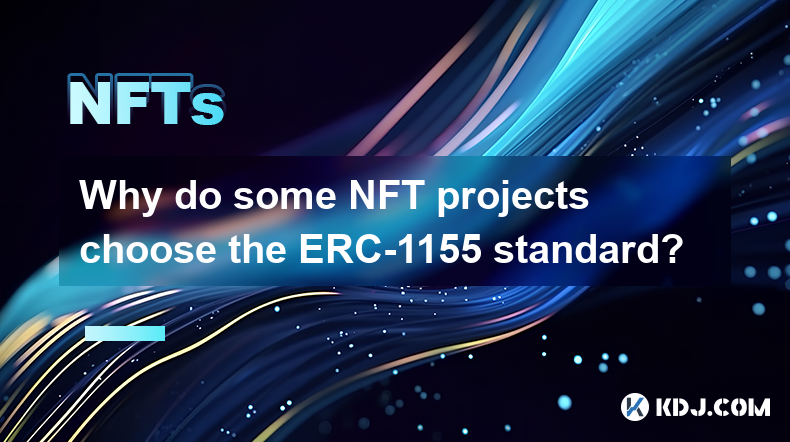
Why do some NFT projects choose the ERC-1155 standard?
Apr 08,2025 at 11:49am
The world of Non-Fungible Tokens (NFTs) has seen a significant rise in popularity and innovation, leading to the development of various token standards. Among these, the ERC-1155 standard has emerged as a versatile and efficient choice for many NFT projects. This article delves into the reasons why some NFT projects opt for the ERC-1155 standard, explor...
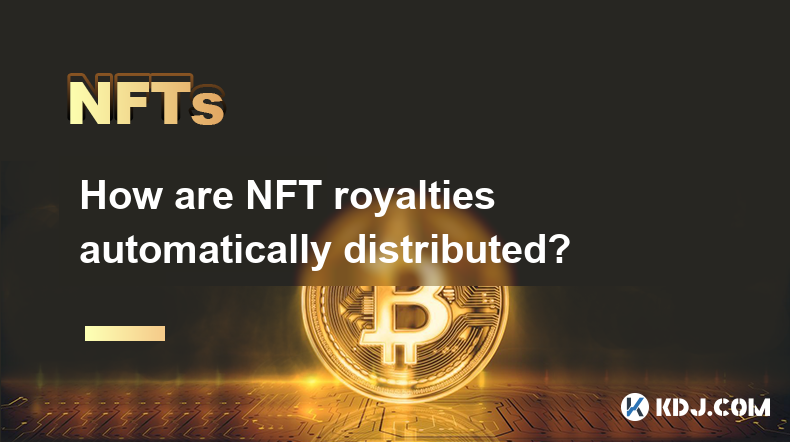
How are NFT royalties automatically distributed?
Apr 08,2025 at 08:14pm
NFTs, or Non-Fungible Tokens, have revolutionized the digital art and collectibles market by providing a way to prove ownership and authenticity of digital assets. One of the most intriguing features of NFTs is the ability to automatically distribute royalties to creators whenever their work is resold. This article will delve into the mechanisms behind ...
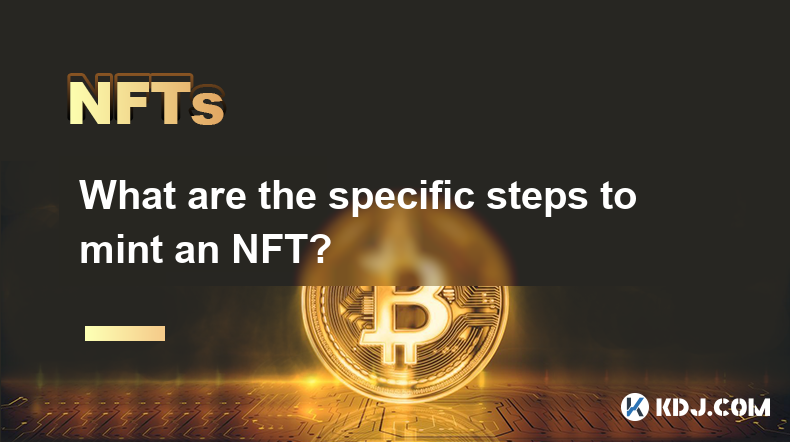
What are the specific steps to mint an NFT?
Apr 08,2025 at 05:22pm
Introduction to NFT MintingMinting an NFT, or Non-Fungible Token, involves creating a unique digital asset on a blockchain. This process allows artists, creators, and collectors to tokenize their work, ensuring its authenticity and ownership. Understanding the steps to mint an NFT is crucial for anyone looking to enter the world of digital collectibles....
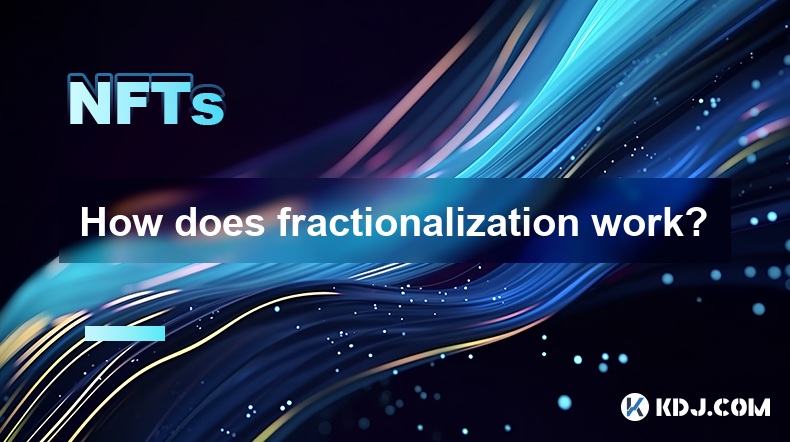
How does fractionalization work?
Apr 08,2025 at 07:42pm
How does fractionalization work? Fractionalization in the context of cryptocurrencies and blockchain technology refers to the process of dividing a single asset into smaller, more manageable pieces. This concept has revolutionized the way investors and users interact with high-value assets, making them more accessible and liquid. In this article, we wil...
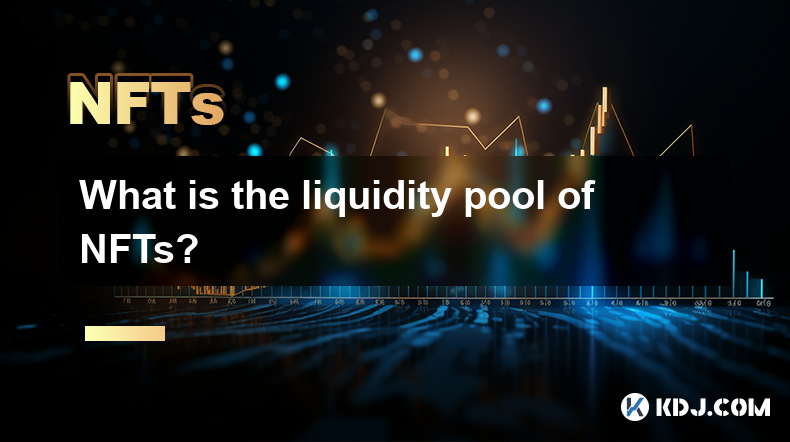
What is the liquidity pool of NFTs?
Apr 08,2025 at 05:35pm
The concept of liquidity pools has become increasingly popular within the cryptocurrency and decentralized finance (DeFi) ecosystems. While traditionally associated with token swaps, the idea has extended to the realm of Non-Fungible Tokens (NFTs). Liquidity pools for NFTs are mechanisms that facilitate the trading and exchange of these unique digital a...

What are the common ways to participate in the NFT whitelist?
Apr 08,2025 at 08:28pm
Participating in an NFT whitelist can be an exciting opportunity for enthusiasts and investors looking to secure their spot in upcoming NFT drops. The whitelist often grants early access or special privileges, such as lower minting fees or guaranteed allocations. Here, we will explore the common ways to participate in an NFT whitelist, detailing each me...

Why do some NFT projects choose the ERC-1155 standard?
Apr 08,2025 at 11:49am
The world of Non-Fungible Tokens (NFTs) has seen a significant rise in popularity and innovation, leading to the development of various token standards. Among these, the ERC-1155 standard has emerged as a versatile and efficient choice for many NFT projects. This article delves into the reasons why some NFT projects opt for the ERC-1155 standard, explor...

How are NFT royalties automatically distributed?
Apr 08,2025 at 08:14pm
NFTs, or Non-Fungible Tokens, have revolutionized the digital art and collectibles market by providing a way to prove ownership and authenticity of digital assets. One of the most intriguing features of NFTs is the ability to automatically distribute royalties to creators whenever their work is resold. This article will delve into the mechanisms behind ...

What are the specific steps to mint an NFT?
Apr 08,2025 at 05:22pm
Introduction to NFT MintingMinting an NFT, or Non-Fungible Token, involves creating a unique digital asset on a blockchain. This process allows artists, creators, and collectors to tokenize their work, ensuring its authenticity and ownership. Understanding the steps to mint an NFT is crucial for anyone looking to enter the world of digital collectibles....

How does fractionalization work?
Apr 08,2025 at 07:42pm
How does fractionalization work? Fractionalization in the context of cryptocurrencies and blockchain technology refers to the process of dividing a single asset into smaller, more manageable pieces. This concept has revolutionized the way investors and users interact with high-value assets, making them more accessible and liquid. In this article, we wil...

What is the liquidity pool of NFTs?
Apr 08,2025 at 05:35pm
The concept of liquidity pools has become increasingly popular within the cryptocurrency and decentralized finance (DeFi) ecosystems. While traditionally associated with token swaps, the idea has extended to the realm of Non-Fungible Tokens (NFTs). Liquidity pools for NFTs are mechanisms that facilitate the trading and exchange of these unique digital a...

What are the common ways to participate in the NFT whitelist?
Apr 08,2025 at 08:28pm
Participating in an NFT whitelist can be an exciting opportunity for enthusiasts and investors looking to secure their spot in upcoming NFT drops. The whitelist often grants early access or special privileges, such as lower minting fees or guaranteed allocations. Here, we will explore the common ways to participate in an NFT whitelist, detailing each me...
See all articles






















































































